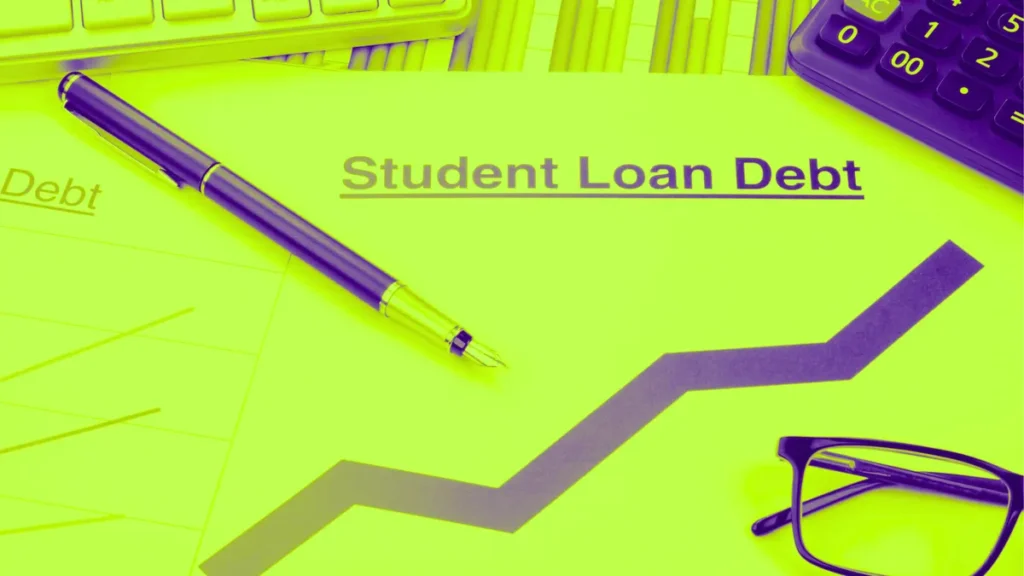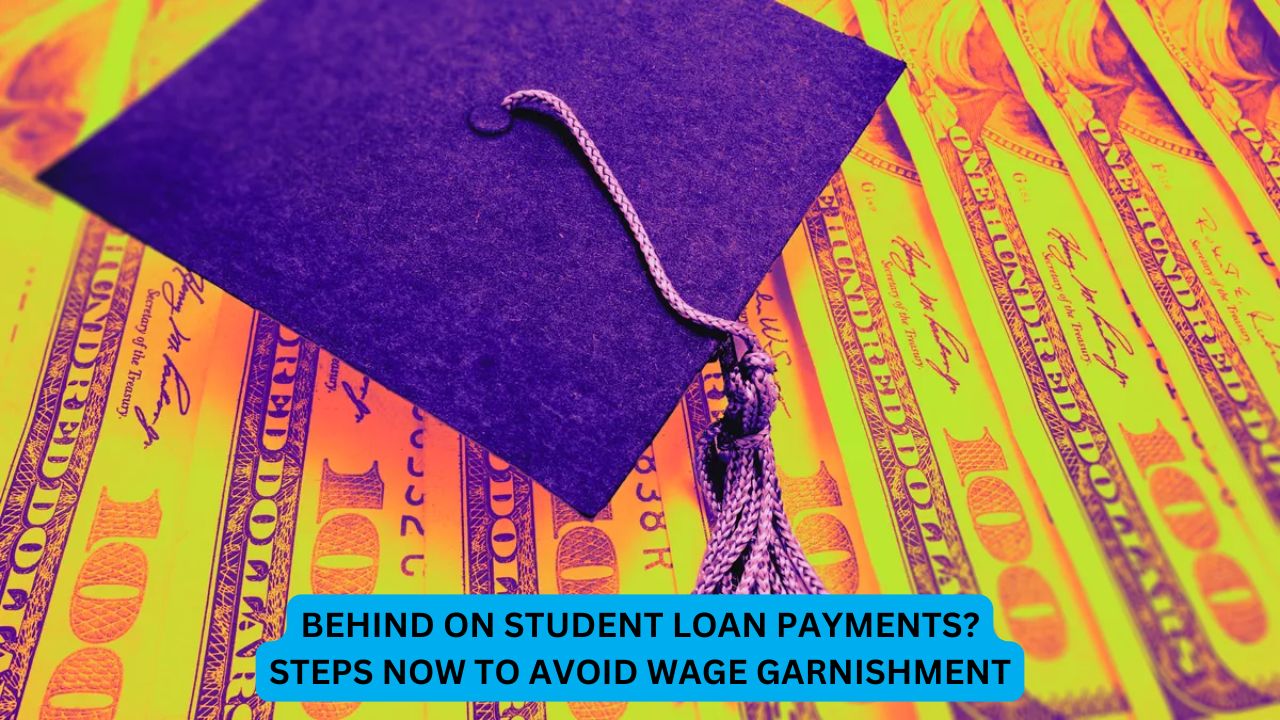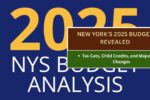As of Monday, May 5, 2025, the U.S. Department of Education will resume collections on defaulted federal student loans, ending a five-year pause that began at the height of the COVID-19 pandemic.
Millions of Americans who have fallen behind on payments are now at risk of wage garnishment, tax refund seizures, and loss of Social Security benefits if they do not act swiftly.
Roughly 5.3 million borrowers are currently in default, according to recent data from the Department of Education. Many may not even realize they’re in default or what steps they can take to avoid the harsh penalties that come with it.
Here’s what borrowers need to know — and do — before collections restart.
What Does It Mean to Be in Default?
A federal student loan enters default when you have not made a payment in more than 270 days (roughly nine months). Once in default, the loan is no longer in good standing, and the government can initiate aggressive collection tactics.

These actions include:
- Garnishing up to 15% of your disposable wages
- Intercepting federal tax refunds
- Reducing Social Security benefit payments
These penalties are applied without a court order, making it crucial to act before collections begin.
Step 1: Check Your Loan Status
Your first move should be to check your loan status. Visit the Federal Student Aid website and log in with your FSA ID to see if any of your loans are in default. Make sure all your contact information is updated to ensure you don’t miss important notices.
Step 2: Contact the Default Resolution Group
If you’re in default, reach out immediately to the Default Resolution Group under the U.S. Department of Education. Their representatives can guide you through your options, which may include:
Loan Rehabilitation
- Make nine consecutive, on-time payments.
- Your loans return to good standing after successful completion.
- This option removes the default from your credit report, which can help restore your credit score.
- Available only once per loan.
Loan Consolidation
- Combine your defaulted loans into a new Direct Consolidation Loan.
- You must agree to an Income-Driven Repayment Plan (IDR) to qualify.
- While this removes the default quickly, it may increase your total repayment amount.
Income-Driven Repayment Plans
- These plans calculate your payment based on income and family size.
- Monthly payments can be as low as $0.
- Though the SAVE plan (an updated IDR option) is currently closed to new enrollees due to legal disputes, other IDR plans remain open.
Learn more on StudentAid.gov/idr.
Why Acting Before May 5 Matters
If your loan remains in default past Monday, May 5, you risk:
- Permanent damage to your credit report
- Loss of federal benefits
- Increased debt from collection fees
The return of collections will also mean the end of protection measures that helped borrowers during the pandemic pause, such as interest waivers and deferred payments.

Tools and Resources for Help
- StudentAid.gov – Find detailed guides, simulators, and forms.
- Loan Simulator – Evaluate the best repayment options based on your income and life situation.
- Federal Student Aid Information Center (FSAIC) – Call or email for personalized assistance.
If you’re overwhelmed, consider speaking with a HUD-approved financial counselor through the National Foundation for Credit Counseling (NFCC).
Final Thoughts
With student loan collections resuming in just a few days, it’s more urgent than ever to understand your loan status and take advantage of federal repayment or rehabilitation programs. Failing to act could cost you far more than just late fees—it could impact your wages, your tax returns, and your financial future.
Avoiding collections is possible, but time is running out.
This article has been carefully fact-checked by our editorial team to ensure accuracy and eliminate any misleading information. We are committed to maintaining the highest standards of integrity in our content.

Outside of work, he enjoys playing chess, following cricket, and writing short stories. His commitment to integrity and in-depth analysis strengthens OTE News’ mission of providing trustworthy journalism.




